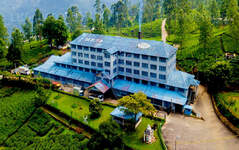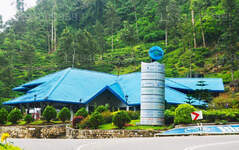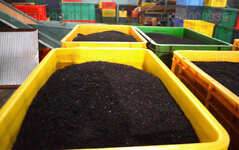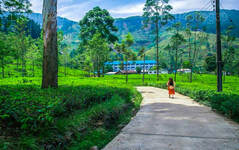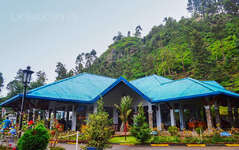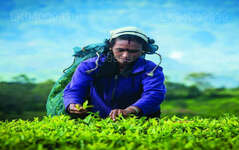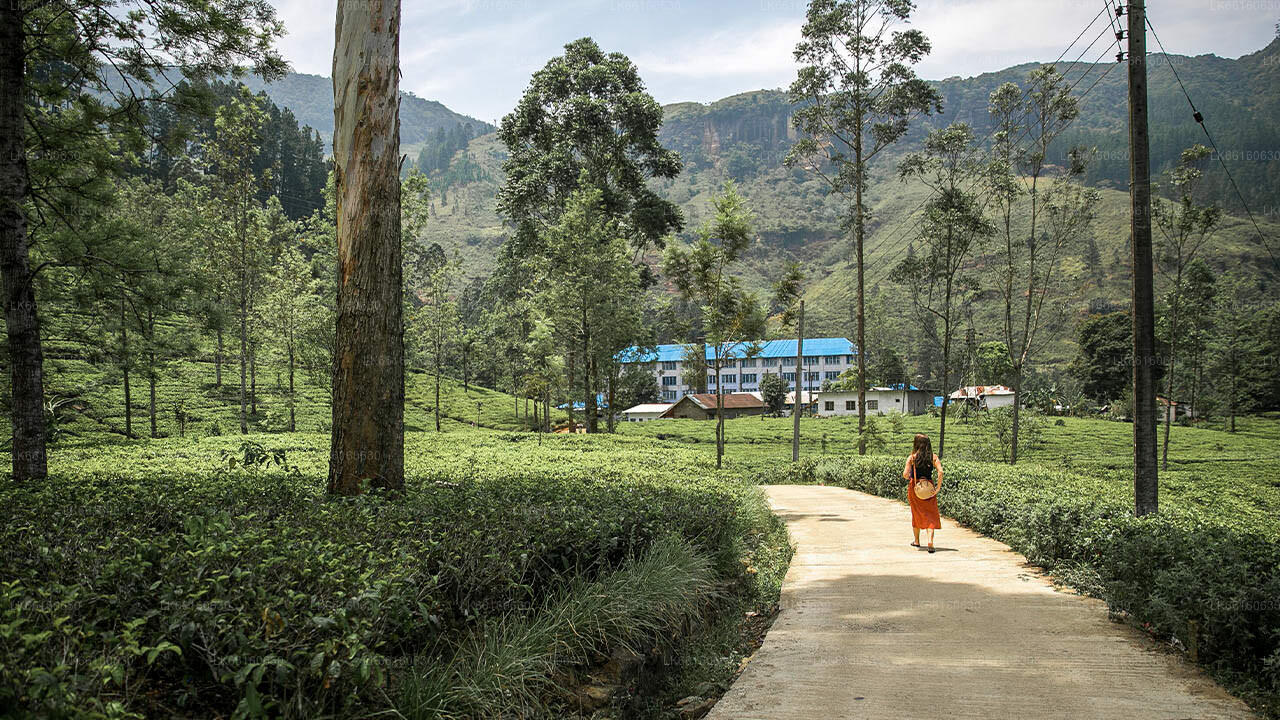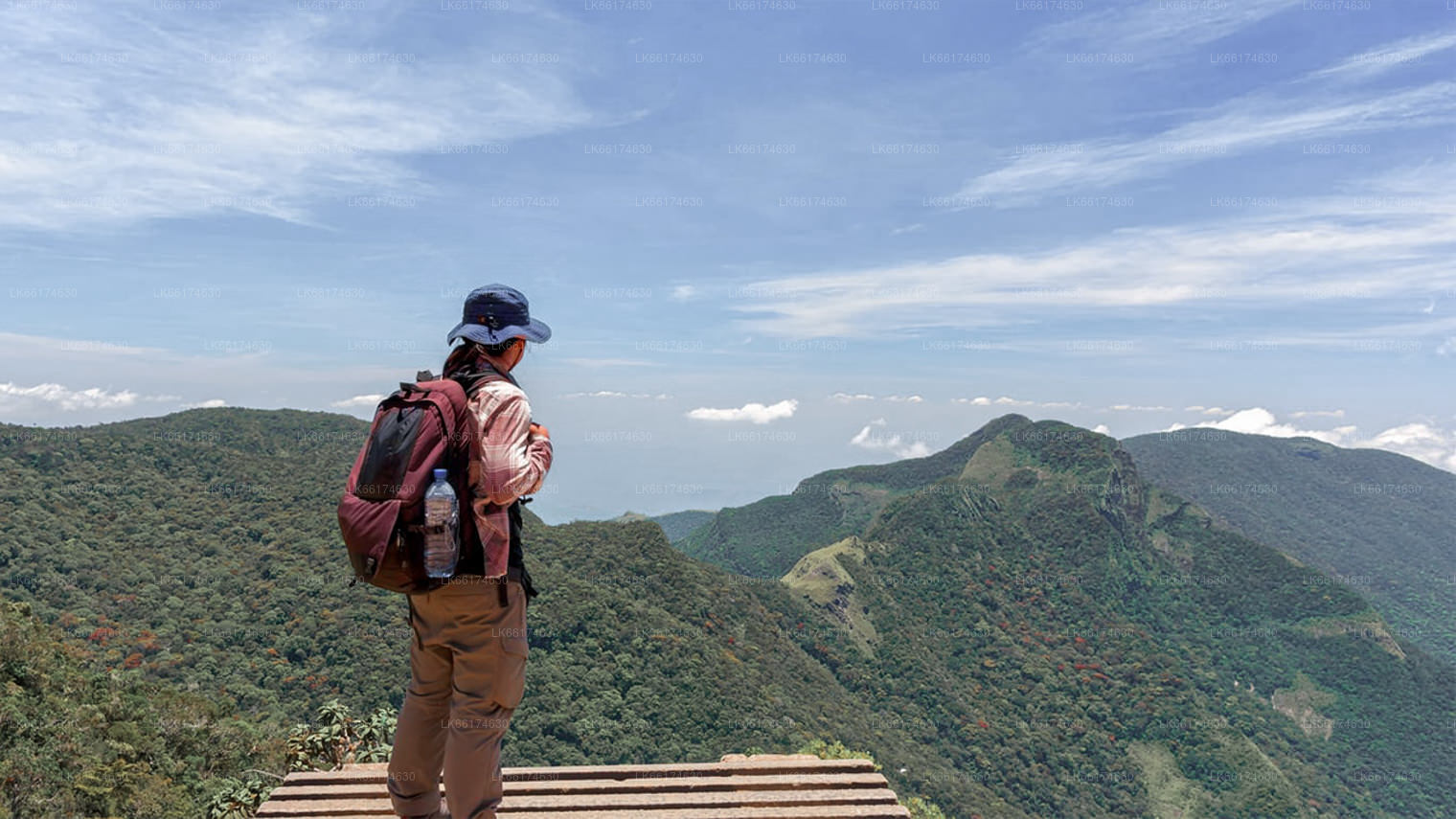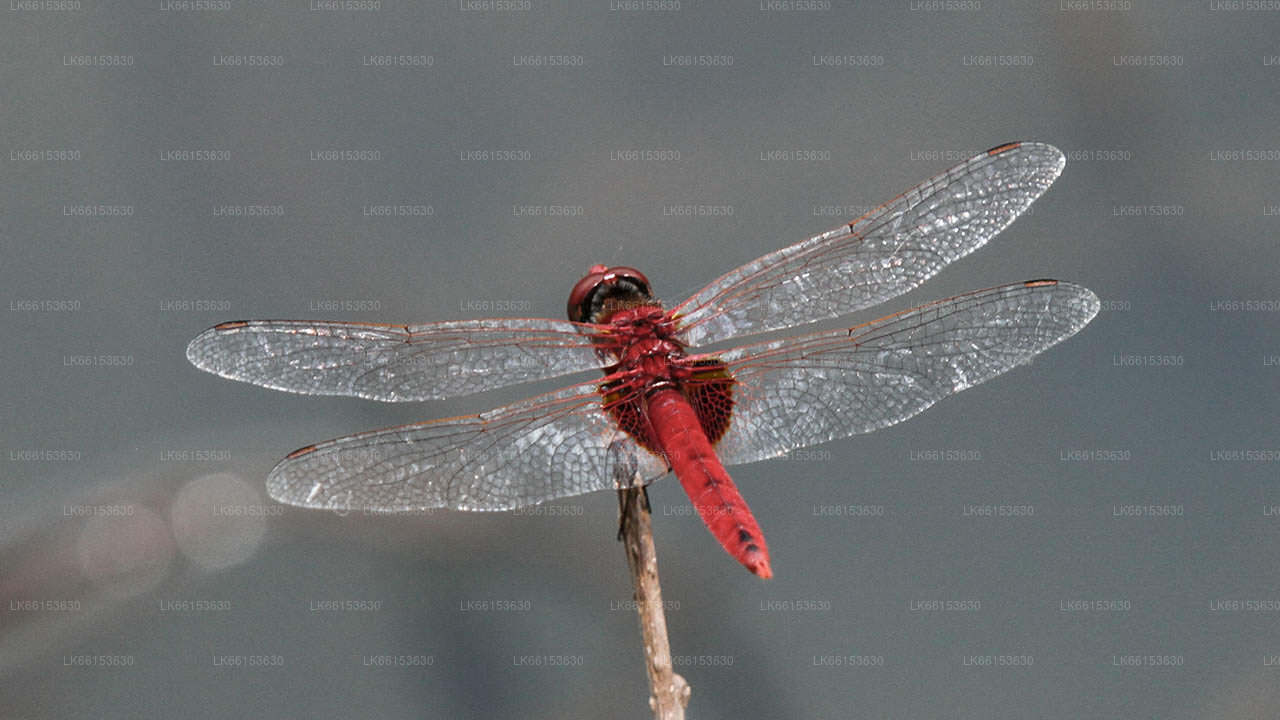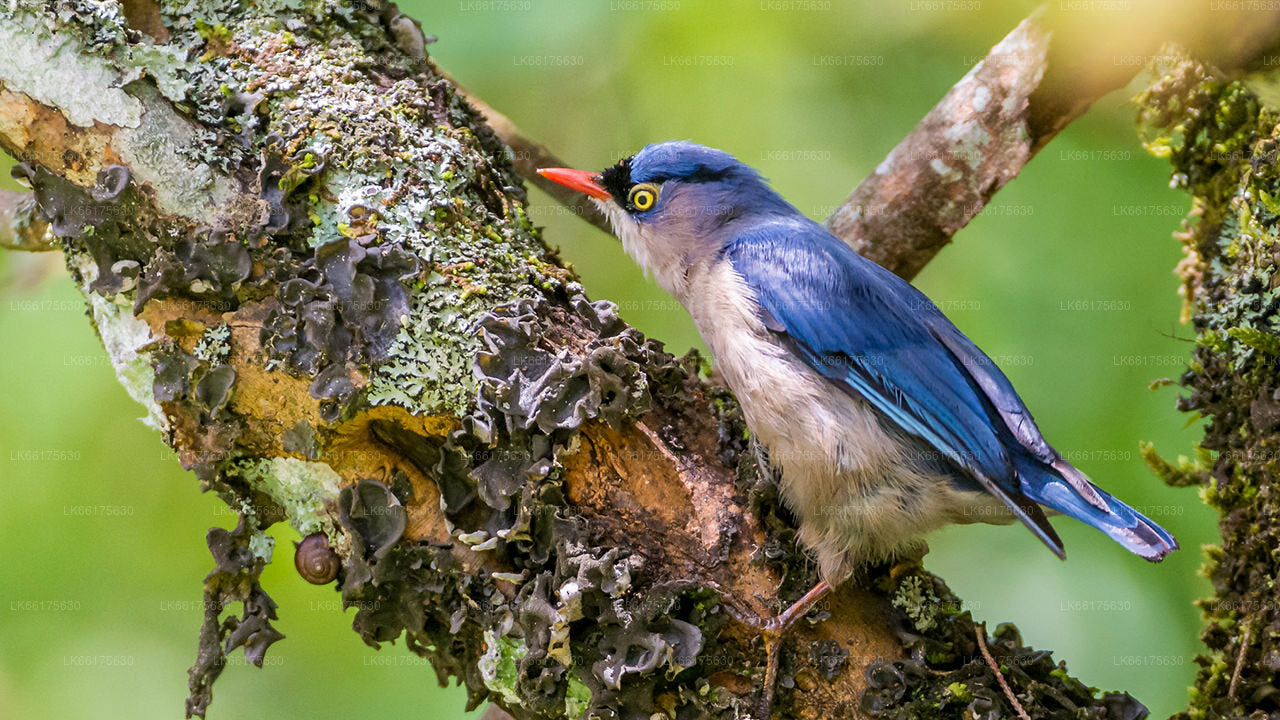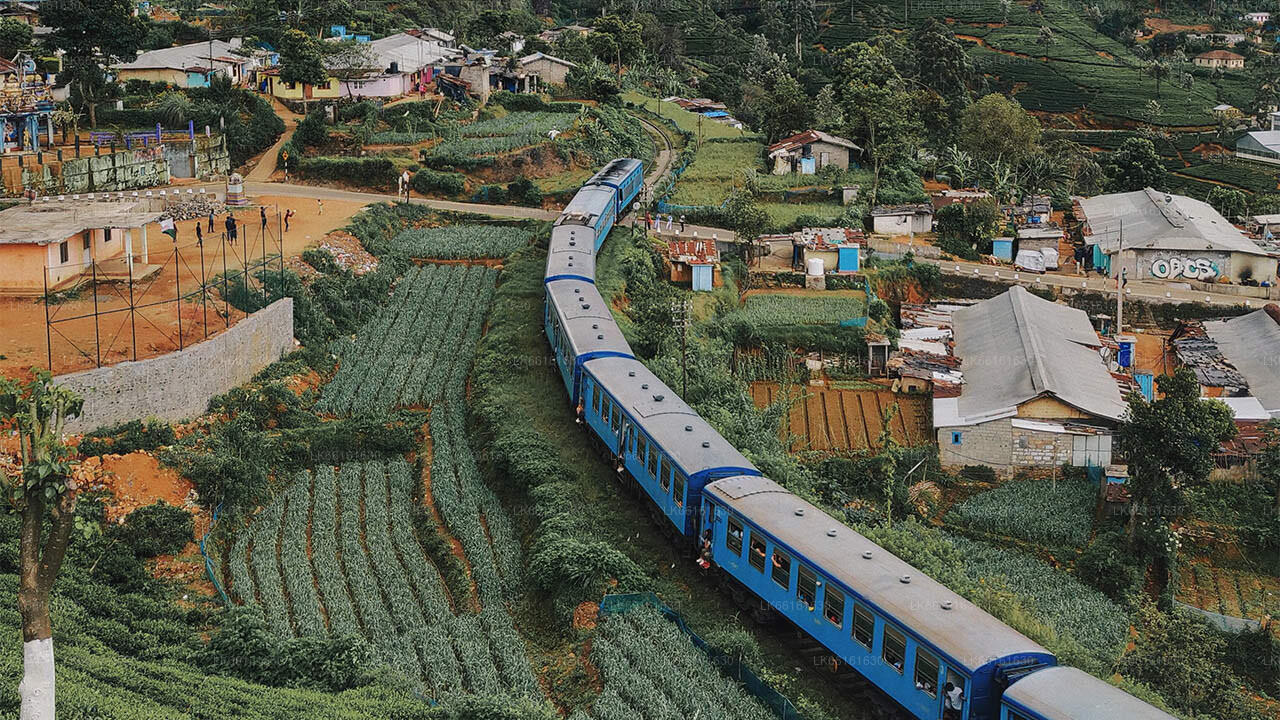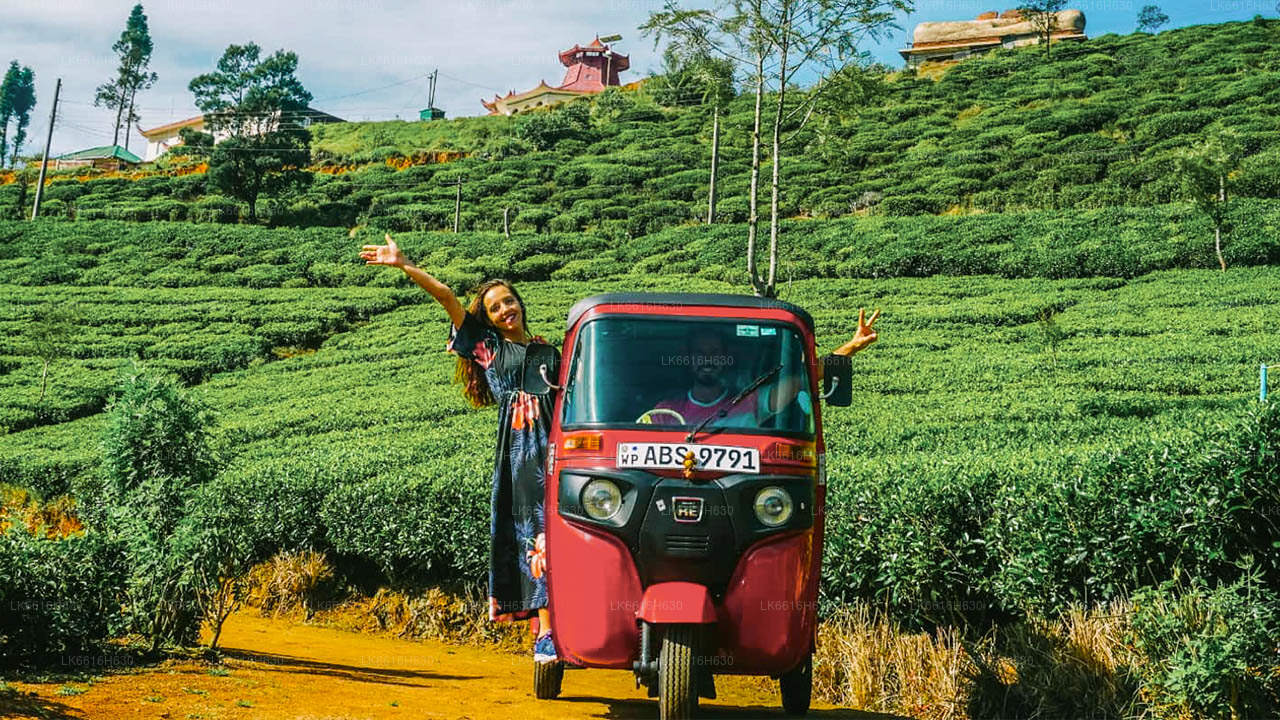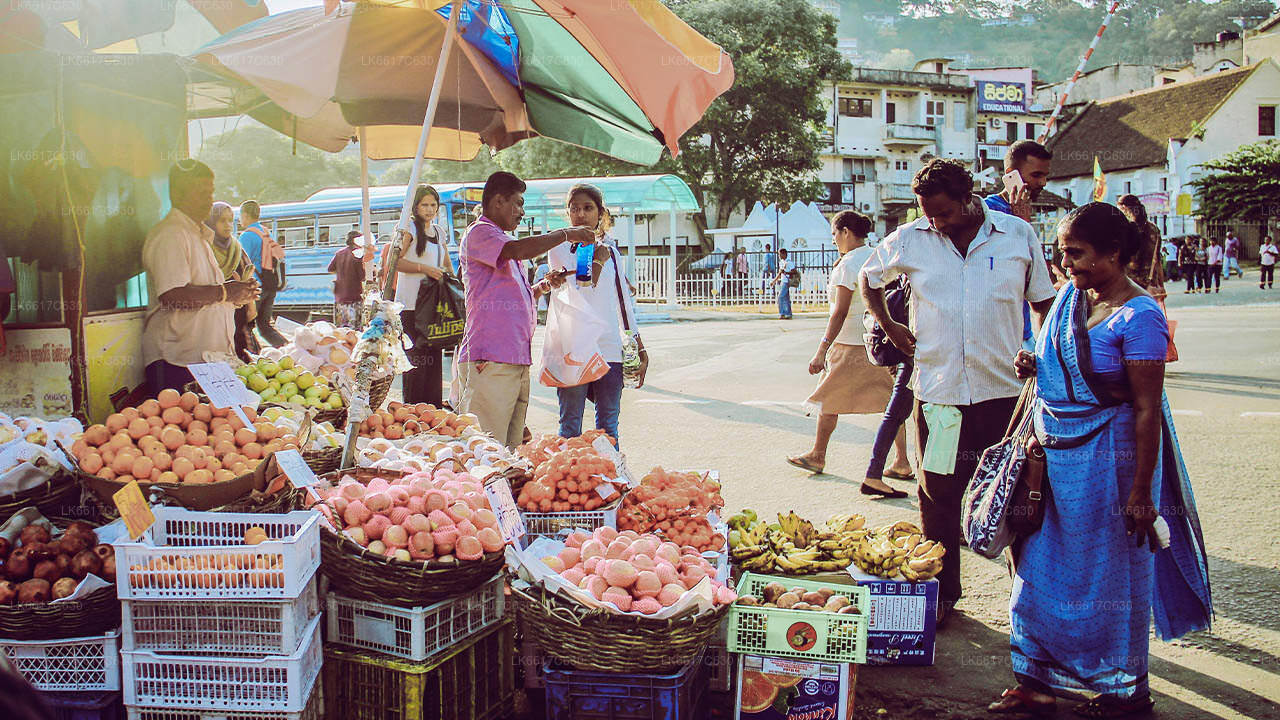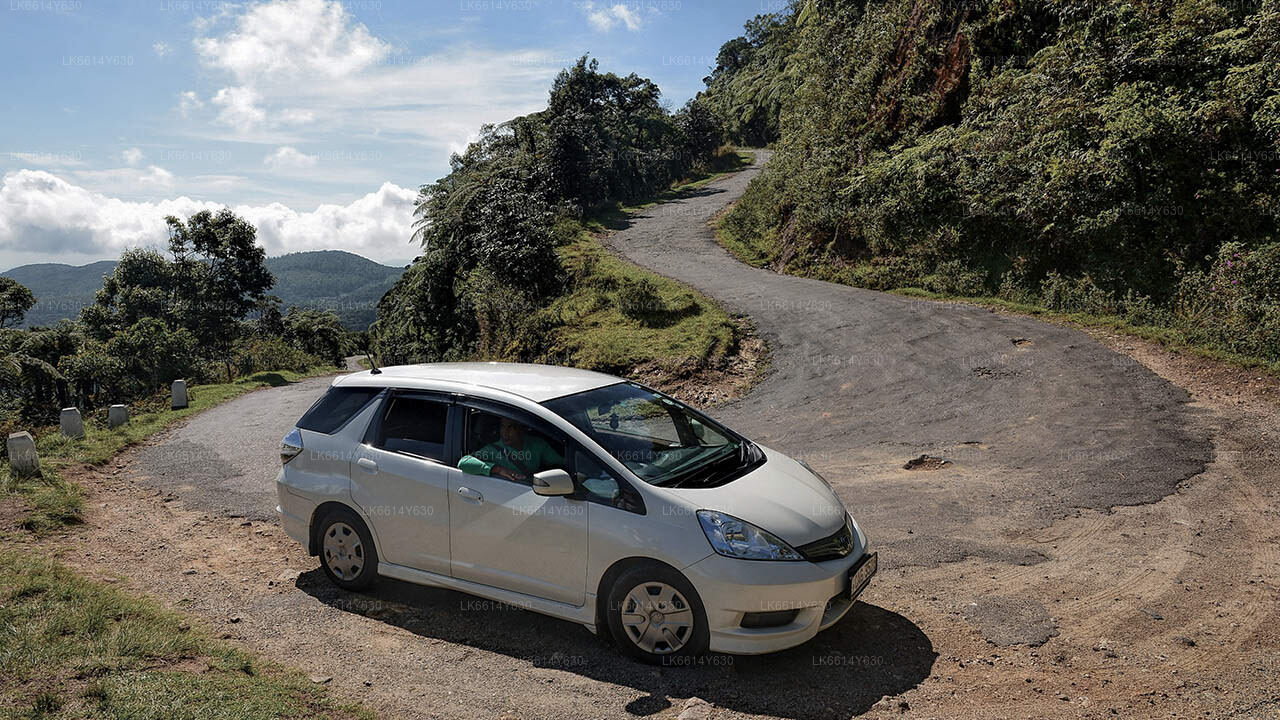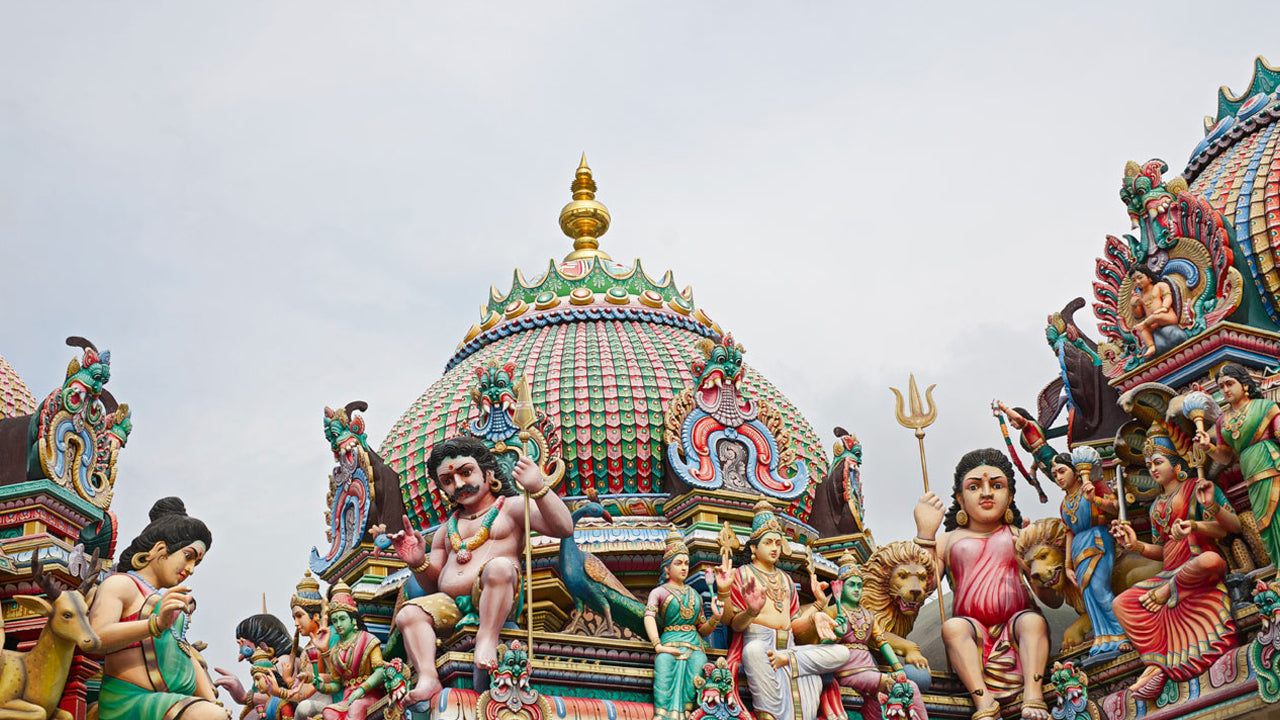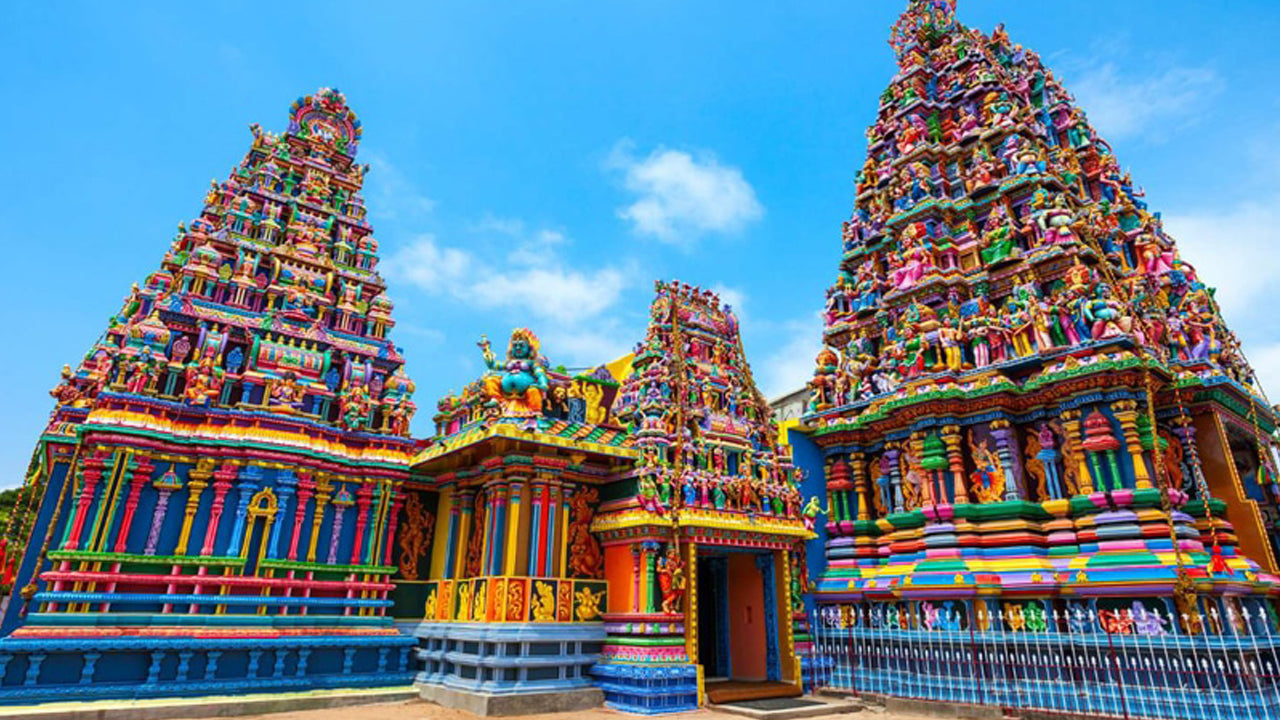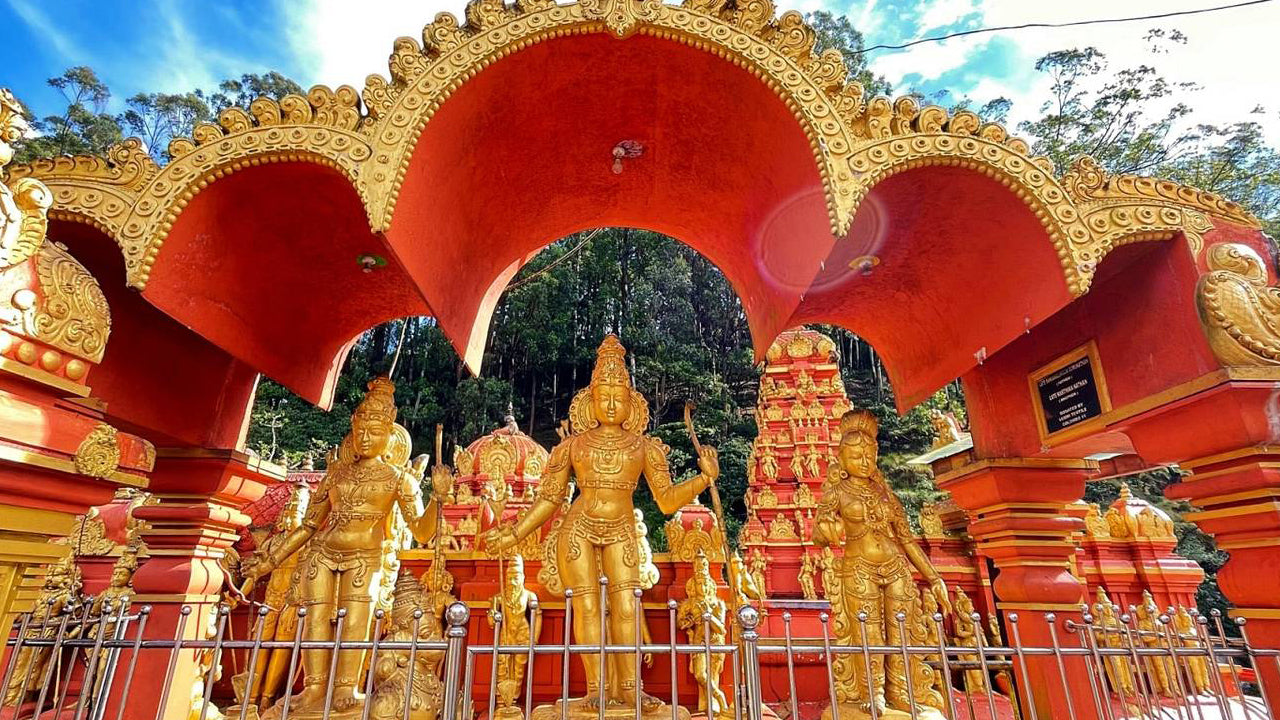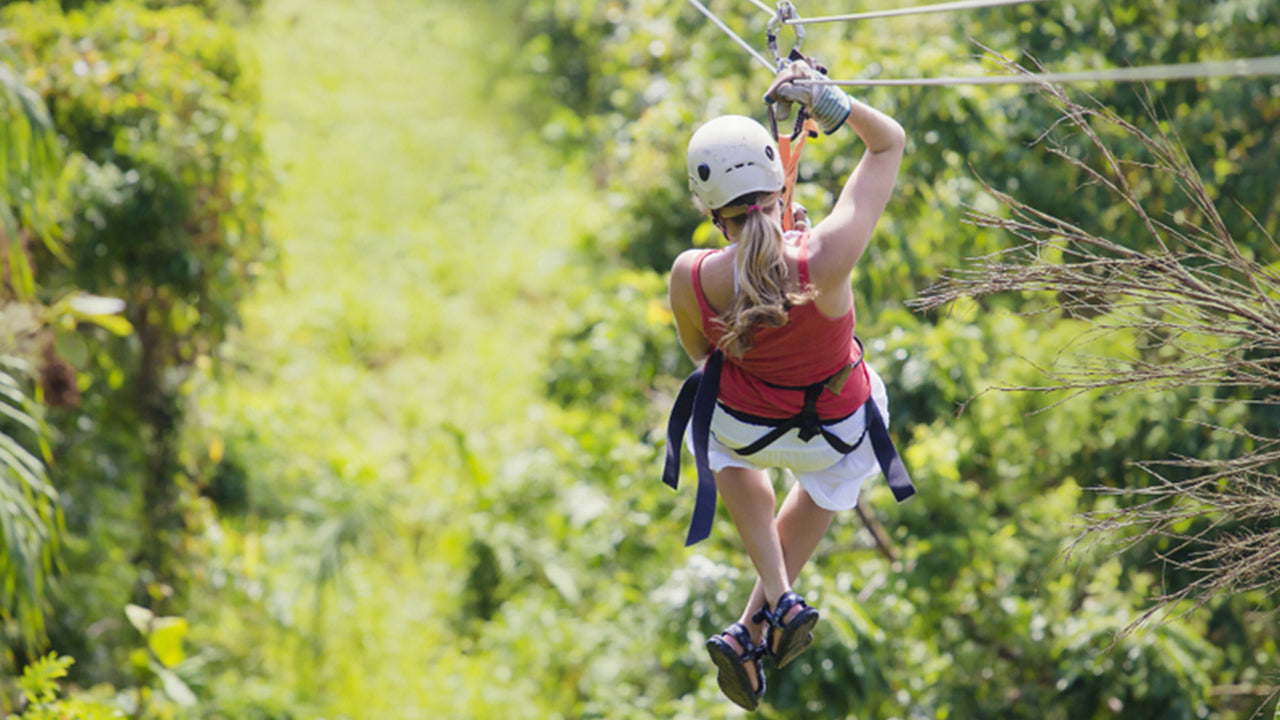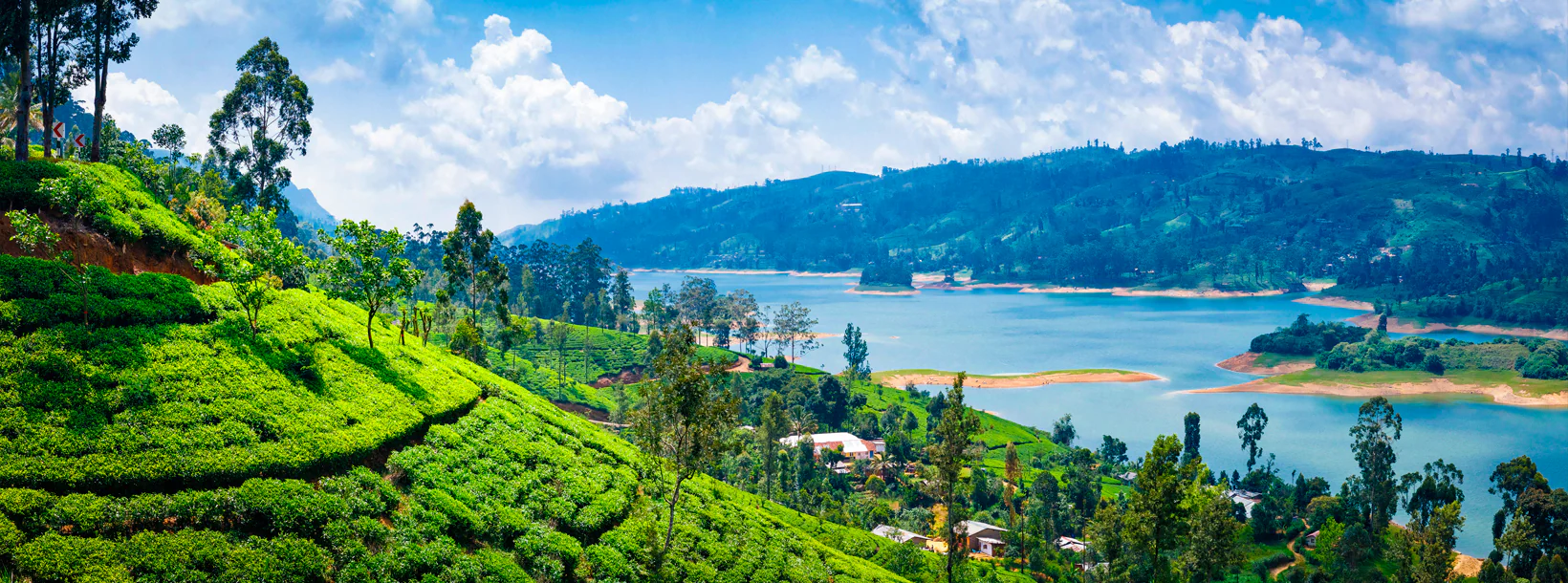
Nuwara Eliya City
Nuwara Eliya, nestled in the heart of Sri Lanka, is a picturesque hill station renowned for its lush tea plantations, cool climate, and colonial charm. Surrounded by verdant landscapes, it offers visitors a serene retreat with its scenic beauty, historic architecture, and vibrant local culture.
Blue Field Tea Factory
As a land of te, Nuwara Eliya has quite a large number of tea factories, tea houses and tea fields. Bluefield Tea Factory in Nuwara Eliya is one of the most popular tea factories in Sri Lanka. They control a large estate around the factory and produce high quality tea that is enjoyed by people from all around the world.
A History of Tea
Tea was discovered by the Chinese Emperor Chen Nung over 4000 years ago. He was titled the “Divine Healer” for his knowledge and understanding of rare herbs and medicine. As the story goes, Chen Nung was traveling when he stopped for rest, sitting under an unknown bush. As he was boiling water a few dry leaves from the bush fell in and was boiled as well. Emperor Chen was very surprised to find the resulting water to be deliciously fragrant and refreshing. He created a custom of drinking the boiled leaves of the bush after that and named it “cha”. The custom slowly spread to surrounding countries such as Japan, Korea, and Tibet.
Various types of tea became created dependent on their breed of leaves and method of drying. At the beginning tea leaves were simply boiled. Then there was a period between the 9th and 10th centuries when it became something similar to a soup with rice, orange peel, ginger, spices and even meat and vegetables in some areas. Tibet still serves its tea in this manner.
After this in the 10th century, Whisked Tea became a popular practice. Tea leaves were grinned into a fine powder and whisked into boiling water to create a thick sauce. Some Japanese tea ceremonies continue this tradition to this day.
Then in the 13th century, tea gained its current method of creation by brewing the leaves in hot water. Many teas such as Black Tea, Green Tea and Virgin White were found and even foreign traders started taking notice.
In the 16th century, some Dutch traders realized that tea could possibly generate a huge income if imported back to the western countries. They brought back several tons of tea leaves back to their home country and the surrounding European countries and introduced the tea drinking culture. They named it “tea”, as the word for tea was not “cha” in the Chinese Village that they had disembarked and purchased their goods. They word used there way “te” (thay). The Dutch were unable to pronounce the softened consonants properly and dubbed it “tea”. It took the Western world by storm, and soon by the l7th and 18th centuries had become an essential part of culture – especially to the British.
Years later when the British took over Dutch controlled territories, they started planting tea in all the viable areas. Olden-time Ceylon became one such country. After experimenting with a small estate, it was also found that the environmental conditions in some areas of the island were perfect for tea plantation.
Tea plantations took over the bare areas of the mountainous Central Province. The country became popular for its tea. Tea started becoming a major foreign income provider. Then the World War 2 arrived, and in the aftermath Britain decided to grant freedom to many of the countries under its rule. Sri Lanka was one of those countries. So the British in Ceylon mostly sold their estates and left for their homeland. The estates became owned by locals.
About Bluefield Tea Estate
When the British left after returning the tea estates to Sri Lankan hands, some of the most productive estates were handed into good local hands and continued their success. Some of the smallest estates lay abandoned. And some of them were taken over by local tea growers, but did not succeed due to a lack of business acumen and valuable contacts.
Bluefield was such tea estate that was initially unable to succeed after the handover. As a result, the current owners were able to purchase the deteriorating estate at a low cost and bring it back to life. Their maintenance turned Bluefield into a thriving community of 175 families, whose breadwinners work in the tea estate and factory. The 100 acre tea estate is managed by a little over 300 employees, who dedicate themselves to the success of their organization. It plays a major role in the tea export trade, and produced top-quality tea that is loved by tea enthusiasts in many countries.
Like many other popular tea factories in Sri Lanka, Bluefield Tea Factory offers a guided tour through the factory for visitors. You are able to see how tea is dried, pressed and produced. You will get to see the various equipment and hear how they function. You will also visit a tea tasting chamber with different types of teas. There you will get to know the proper way of brewing tea and the various ways to identify the different types of tea.
On completing the tour you will have the chance to purchase fresh boxes of tea leaves or even small souvenirs from the tea factory’s gift shop. You can also enjoy a cup of hot, perfectly brewed tea and some pastries at the Bluefield’s restaurant before you leave.
uwara Eliya has quite a large number of tea factories, tea houses and tea fields. Bluefield Tea Factory in Nuwara Eliya is one of the most popular tea factories in Sri Lanka. They control a large estate around the factory and produce high quality tea that is enjoyed by people from all around the world.
A History of Tea
Tea was discovered by the Chinese Emperor Chen Nung over 4000 years ago. He was titled the “Divine Healer” for his knowledge and understanding of rare herbs and medicine. As the story goes, Chen Nung was traveling when he stopped for rest, sitting under an unknown bush. As he was boiling water a few dry leaves from the bush fell in and was boiled as well. Emperor Chen was very surprised to find the resulting water to be deliciously fragrant and refreshing. He created a custom of drinking the boiled leaves of the bush after that and named it “cha”. The custom slowly spread to surrounding countries such as Japan, Korea, and Tibet.
Various types of tea became created dependent on their breed of leaves and method of drying. At the beginning tea leaves were simply boiled. Then there was a period between the 9th and 10th centuries when it became something similar to a soup with rice, orange peel, ginger, spices and even meat and vegetables in some areas. Tibet still serves its tea in this manner.
After this in the 10th century, Whisked Tea became a popular practice. Tea leaves were grinned into a fine powder and whisked into boiling water to create a thick sauce. Some Japanese tea ceremonies continue this tradition to this day.
Then in the 13th century, tea gained its current method of creation by brewing the leaves in hot water. Many teas such as Black Tea, Green Tea and Virgin White were found and even foreign traders started taking notice.
In the 16th century, some Dutch traders realized that tea could possibly generate a huge income if imported back to the western countries. They brought back several tons of tea leaves back to their home country and the surrounding European countries and introduced the tea drinking culture. They named it “tea”, as the word for tea was not “cha” in the Chinese Village that they had disembarked and purchased their goods. They word used there way “te” (thay). The Dutch were unable to pronounce the softened consonants properly and dubbed it “tea”. It took the Western world by storm, and soon by the l7th and 18th centuries had become an essential part of culture – especially to the British.
Years later when the British took over Dutch controlled territories, they started planting tea in all the viable areas. Olden-time Ceylon became one such country. After experimenting with a small estate, it was also found that the environmental conditions in some areas of the island were perfect for tea plantation.
Tea plantations took over the bare areas of the mountainous Central Province. The country became popular for its tea. Tea started becoming a major foreign income provider. Then the World War 2 arrived, and in the aftermath Britain decided to grant freedom to many of the countries under its rule. Sri Lanka was one of those countries. So the British in Ceylon mostly sold their estates and left for their homeland. The estates became owned by locals.
About Bluefield Tea Estate
When the British left after returning the tea estates to Sri Lankan hands, some of the most productive estates were handed into good local hands and continued their success. Some of the smallest estates lay abandoned. And some of them were taken over by local tea growers, but did not succeed due to a lack of business acumen and valuable contacts.
Bluefield was such tea estate that was initially unable to succeed after the handover. As a result, the current owners were able to purchase the deteriorating estate at a low cost and bring it back to life. Their maintenance turned Bluefield into a thriving community of 175 families, whose breadwinners work in the tea estate and factory. The 100 acre tea estate is managed by a little over 300 employees, who dedicate themselves to the success of their organization. It plays a major role in the tea export trade, and produced top-quality tea that is loved by tea enthusiasts in many countries.
Like many other popular tea factories in Sri Lanka, Bluefield Tea Factory offers a guided tour through the factory for visitors. You are able to see how tea is dried, pressed and produced. You will get to see the various equipment and hear how they function. You will also visit a tea tasting chamber with different types of teas. There you will get to know the proper way of brewing tea and the various ways to identify the different types of tea.
On completing the tour you will have the chance to purchase fresh boxes of tea leaves or even small souvenirs from the tea factory’s gift shop. You can also enjoy a cup of hot, perfectly brewed tea and some pastries at the Bluefield’s restaurant before you leave.
Uncover Mysteries of the Ramayana
【Text by Lakpura™. Images by Google, copyright(s) reserved by original authors.】

